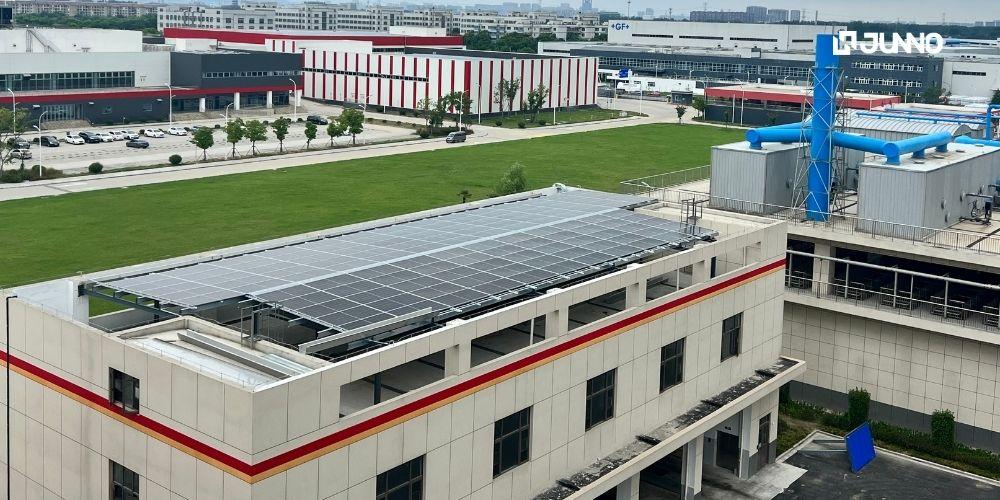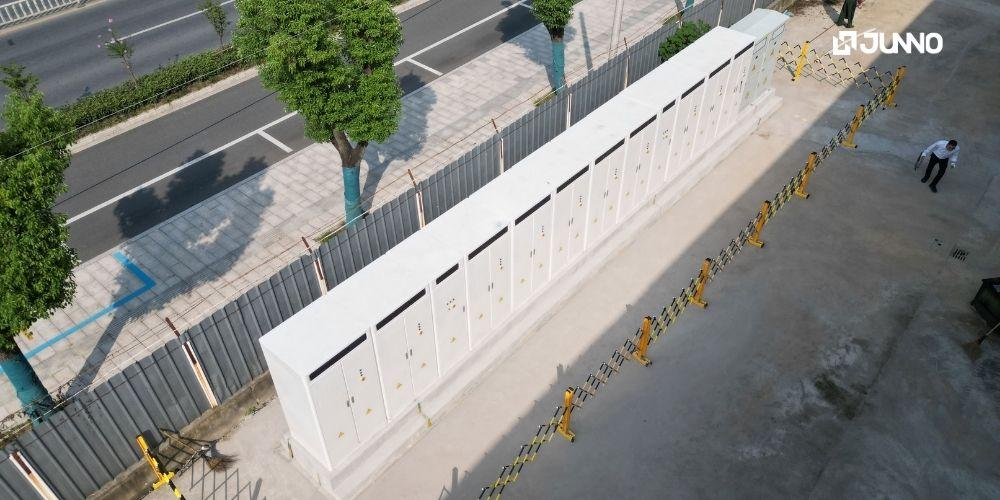How Much Can a 1MWh Energy Storage System Save for Enterprises?
Three core mechanisms for saving money on energy storage systems
- Peak-Valley Arbitrage: Charge during low-price periods, discharge during peak-price periods.
- Demand Management: Smoothing the electricity load and reducing maximum demand charges.
- Emergency Standby: Replacement of diesel generators to reduce power outage losses.

Background:
- This East China manufacturing plant consumes large amounts of electricity, and its main production equipment includes motors, compressors, cooling systems, etc., which cause large fluctuations in loads on the power grid.
- Average daily electricity consumption: 25,000 kWh
- Electricity tariff model: peak and valley time-sharing tariffs, ¥1.2 /kWh in the peak period and ¥0.35/kWh in the valley period.
- Original average monthly electricity cost: about ¥750,000.
- Energy storage system: 500kW/1000kWh energy storage system with peak shaving and valley filling + demand management.

How can energy storage systems help businesses save money?
The plant's energy storage system employs a peak shaving + demand management strategy that realizes the following three major points of gain:
Peak Shaving & Valley Filling: Buy Low, Discharge High
By charging at night (low rates) and discharging during peak hours (high rates), the system reduces peak-time electricity expenses.
Real Return Measurement:
- Power consumption during peak hours: 15,000 kWh
- Electricity supply from storage discharge: 500 kWh × 2 times = 1000 kWh
- Reduction of high-priced electricity purchase: 1000 kWh per day, annual savings of 365,000 kWh
- Annual electricity cost saving: 365,000 × (1.2-0.35) =¥ 310,250

Demand management: Optimize maximum demand and reduce basic electricity costs
The company's demand charge is calculated based on the maximum demand load, and the plant managed to cut the maximum demand by 20% through the peak regulation of the energy storage system.
Actual revenue measurement:
- Original maximum demand: 2,000 kW
- Optimized maximum demand: 1,600 kW (20% reduction)
- Demand charge: ¥120/kW
- Annual electricity cost saving: 400×120×12= ¥576,000.

Demand Response Benefits: Participating in Grid Regulation to Earn Revenue
The plant's energy storage system can also participate in the local grid's demand response program, earning subsidized revenue by discharging power when the grid needs it.
Actual revenue measurement:
- Demand Response Incentive: ¥2.5/kWh
- Annual response power: 50,000 kWh
- Additional Annual Benefit: 50,000 x 2.5= ¥125,000
- Final Energy Savings Summary: Nearly ¥1 million saved in one year!
The commercial and industrial energy storage system helped the plant realize three major benefits:
- Peak reduction: ¥300,000/year
- Demand management: ¥576,000/year
- Demand response subsidy: ¥125,000/year in additional benefits
- Total energy savings benefit: ¥976,000/year, or 70% of the total electricity bill!
Conclusion
The installation of energy storage in enterprises has important practical significance and broad development prospects. From the point of view of saving electricity cost, by storing electricity during the low valley period and releasing it during the peak hour, and realizing arbitrage by utilizing the difference between the peak and valley price, it can effectively reduce the cost of electricity consumption of enterprises. Enterprises are encouraged to actively consider installing energy storage equipment and fully utilize the advantages of the energy storage system to achieve savings in electricity costs and enhancement of revenue, providing strong support for the sustainable development of enterprises.